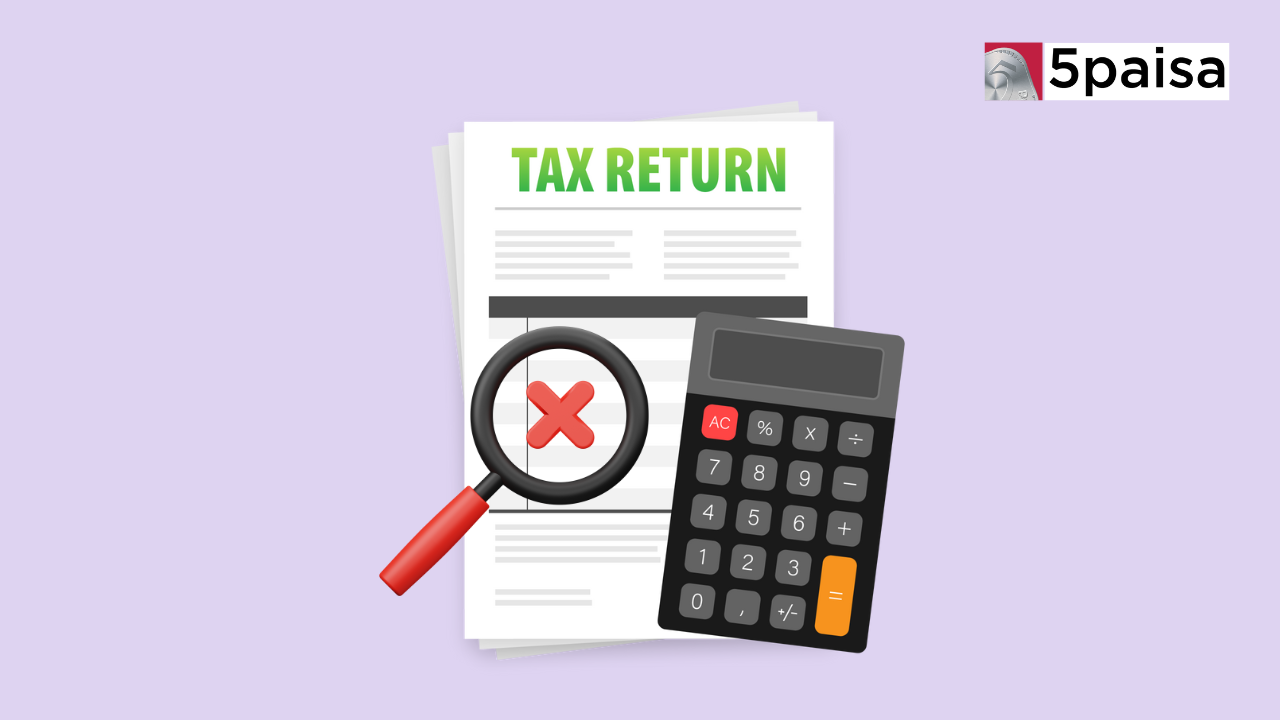How to Register a UPI Complaint Online?
How To Find Undervalued Stocks

Last Updated: 24th May 2024 - 12:57 pm
Investing in the stock market can be exciting and potentially profitable, but it also requires understanding how the market works and the ability to spot undervalued stocks. These stocks are sold at a price lower than what they're actually worth, offering the chance for big returns if the market later realises their true value.
What Are Undervalued Stocks?
Undervalued stocks are shares of companies that are trading at prices significantly lower than their actual or intrinsic value. A stock's intrinsic value represents the company's true worth based on its financial performance, assets, liabilities, and future growth prospects. When the market fails to recognise a company's full potential, its stock price may not accurately reflect its true value, resulting in an undervalued situation.
How To Analyse A Stock?
Investors must thoroughly analyse the company's financial health and performance to determine whether a stock is undervalued. This analysis typically involves a combination of quantitative and qualitative assessments, including:
● Fundamental Analysis: This approach involves examining a company's financial statements, such as the income statement, balance sheet, and cash flow statement, to evaluate its profitability, liquidity, debt levels, and overall financial stability.
● Relative Valuation: This technique compares a company's financial metrics, such as price-to-earnings (P/E) ratio, price-to-book (P/B) ratio, and dividend yield, with those of its peers in the same industry or sector. This comparison can help identify undervalued or overvalued stocks relative to their competitors.
● Discounted Cash Flow (DCF) Analysis: This method estimates a company's future cash flows and discounts them back to present value using an appropriate discount rate. If the resulting present value is higher than the stock's current market price, it may be considered undervalued.
Why Do Investors Trade In Undervalued Stocks?
● Potential for Higher Returns: Undervalued stocks offer the opportunity to purchase shares at a discounted price, expecting the market to eventually recognise the company's true value, leading to potential price appreciation and higher returns.
● Lower Risk: Since undervalued stocks are trading below their intrinsic value, they are considered less risky investments than overvalued stocks, as there is less room for further downside and more potential for upside growth.
● Value Creation: By identifying and investing in undervalued stocks, investors can potentially benefit from the company's future growth and value creation as the market corrects the pricing discrepancy over time.
How To Find Undervalued Stocks?
1. Fundamental Analysis:
● Balance Sheet Analysis: Evaluate the company's assets, liabilities, and shareholders' equity to assess its financial strength and potential undervaluation.
● Cash Flow Analysis: Analyse the company's cash flow statement to understand its ability to generate cash and identify potential undervaluation based on its free cash flow.
● Profit and Loss Statement Analysis: Examine the company's revenue, expenses, and net income to assess its profitability and potential undervaluation based on earnings.
2. Relative Valuation:
● To identify potential undervaluation, compare the company's financial ratios (P/E, P/B, dividend yield, etc.) with those of its peers.
● Use stock screeners and filters to narrow your search to stocks that meet specific undervaluation criteria based on various financial metrics.
3. Evaluation via Financial Ratios:
● Price-to-Earnings (P/E) Ratio: A low P/E ratio compared to the industry average or historical levels may indicate an undervalued stock.
● Price-to-Book (P/B) Ratio: If the P/B ratio is lower than 1, it suggests the stock is trading below its book value, potentially indicating undervaluation.
● Return on Equity (ROE) and Return on Capital Employed (ROCE): High ROE and ROCE values combined with a low P/B ratio can signal an undervalued stock.
● Price-to-Free Cash Flow (P/FCF) Ratio: A low P/FCF ratio may suggest that the stock is undervalued based on its ability to generate cash flow.
4. Qualitative Analysis:
● Evaluate the company's competitive advantages, management quality, industry trends, and growth prospects to assess its long-term potential and identify potential undervaluation.
5. Market Sentiment and News Analysis:
● Monitor market sentiment, news, and analyst reports to identify potential overreactions or mispricing in the market, which could lead to undervalued stocks.
Factors To Keep In Mind
While the techniques mentioned above can help identify undervalued stocks, it's important to keep in mind that stock valuation is not an exact science. There are several factors that investors should consider:
● Market Conditions: Stock markets are influenced by various factors, including economic conditions, geopolitical events, and investor sentiment, which can impact the perception of undervalued stocks.
● Company-Specific Risks: Even undervalued companies may face competition, regulatory changes, or management issues that affect their future performance and stock price.
● Timing: Identifying an undervalued stock does not guarantee immediate returns. It may take time for the market to recognise the company's true value, and patience is often required when investing in undervalued stocks.
● Diversification: While investing in undervalued stocks can be rewarding, it's important to maintain a diversified portfolio to mitigate overall risk.
Conclusion
Identifying undervalued stocks requires a combination of fundamental analysis, financial ratios, and qualitative assessments. By employing these techniques and considering market conditions and company-specific risks, investors can uncover potential opportunities to invest in stocks trading below their intrinsic value. However, it's essential to exercise patience, maintain a diversified portfolio, and continuously monitor the market and company performance to make informed investment decisions.
Frequently Asked Questions
Can Technical Analysis Help In Identifying Undervalued Stocks?
How Does Market Sentiment Affect The Perception Of Undervalued Stocks?
What Role Does Diversification Play When Investing In Undervalued Stocks?
Are there any tools or software available to help identify undervalued stocks?
- Flat ₹20 Brokerage
- Next-gen Trading
- Advance Charting
- Actionable Ideas
Trending on 5paisa
Personal Finance Related Articles
Disclaimer: Investment in securities market are subject to market risks, read all the related documents carefully before investing. For detailed disclaimer please Click here.
 5paisa Research Team
5paisa Research Team
 Sachin Gupta
Sachin Gupta




